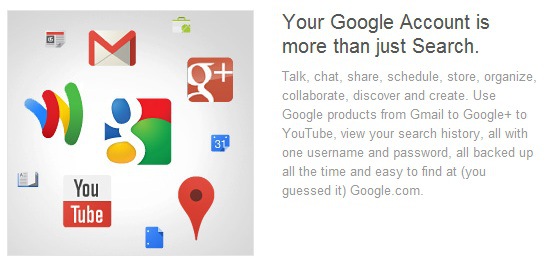Facebook has
three-quarters of a billion users and shows no sign of slowing down. Just this week it introduced a very Twitter-like and Google+-like function — “
Subscribe” — and it is the social destination for millions of Americans, many of whom still do not tweet and never had a MySpace page.
Yet there are whispers that Facebook’s best days are behind it, and that it could be the “
next MySpace” (
or Yahoo). As far back as 2010, there was
talk of Facebook fatigue. Some teens said they would quit, though they didn’t know where else to go. Now some suggest that those who forgo Facebook may head over to
Google+, once it’s out of its closed beta.
In my household,
Facebook is still the dominant social platform: three out of four household members use it exclusively. I use
Twitter and cross-post to Facebook (which may annoy anyone who subscribes to me on Facebook and follows me on Twitter). Yet each one of my family members spends part of his or her Facebook time grousing about the service. The constant changes, the ever-more-convoluted privacy settings and the surprise interface updates lead to endless frustrations. My wife, in particular, just wants to “post and go,” but recent update changes make that virtually impossible.
The reality, though, is that we often complain about the things we love and use most. No one in my house has requested a Google+ invite. This is not surprising; virtually none of their friends or family — except me — are on Google+.
Asking Google+
I spend a bit of time on Google+ each day, and it occurred to me that most of the early adopters on Google’s social platform are likely also Facebook users. So I asked them if Facebook is still hot or not, and why (note: I asked this question before Facebook’s “Subscribe” update).
The consensus: Facebook is running cool to lukewarm. Considering I asked the question in the echo-chamber that is Google+, this response is hardly surprising. But many of the comments hit upon what I see as Facebook’s key faults and hurdles it must jump over the next three to five years.
One commenter said Facebook, which has added a number of new features in recent weeks, is finally “stepping it up” in the face of growing competition from Google+.
Those who still think Facebook is hot did admit that the game may change when “Google+ opens up”. A few hedged their bets, saying that Facebook was lukewarm, but also “sitting at its peak of interest.” I guess they expect Facebook to topple from its perch at any moment.
Reality Check
There were, however, some who could see outside the Google+ bubble.
Antonio Moro wrote: “[Facebook is ] still King of the hill, very hot, and since G+ started: hotter as it’s pushing new features faster than ever. I still prefer to use G+, but this doesn’t matter.”
There were other begrudging admissions of Facebook’s dominance.
Allan Petersen wrote, “I wish I could say “Not” with a straight face. Unfortunately, it’s so much more intertwined with current online culture than MySpace was. And they’re continually pushing updates. I say ‘warm.’”
Many said that despite the encroachment of brands, fan pages and confusing updates, they will stick with Facebook because their friends show no interest in moving to another social platform. The decline of platforms like Friendster and MySpace suggest that what people say and what they actually do may not be totally aligned.
Some like
Tom Dignazio said the MySpace analogy is off — or at least years away from being reality. “There is no real sign that FB is hurting any way,” said Dignazio. Others said it’s not a matter of Facebook being Hot or Not as it is “a signal of evolution. Facebook can’t be the bright shiny thing all the time.” opined
Shane Rhyne.
Shane is right, of course: nothing remains in the spotlight forever. Facebook is simply not the hot, fresh new thing. But the lack of pure heat doesn’t mean Facebook is going away. Few of us get excited about Sears, but the retail store survives, even in the face of competition from online megastores like Amazon.com. A little less heat, and a lot more focus on what its users want, is probably what Facebook needs anyway.
by Lance Ulanoff
Tags: "search engine marketing San Jose CA, getfound San Jose CA, search marketing San Jose CA, search engine optimization San Jose CA, internet marketing San Jose CA, video seo, social marketing, video seo bay area"



